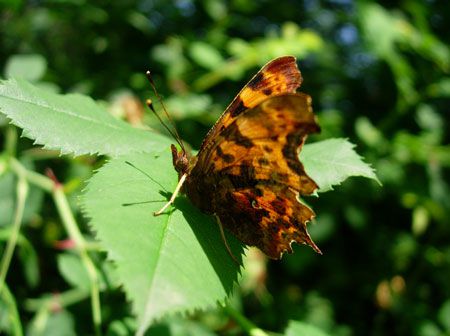-
 Small Magellanic cloud
Small Magellanic cloud
-
 Orion nebula
Orion nebula
-
 Piezometer
Piezometer
-
 European Hop hornbeam
European Hop hornbeam
-
 Cycloplaegia
Cycloplaegia
-
 Minerva
Minerva
-
 Fatty acid ethyl ester
Fatty acid ethyl ester
-
 Equator of a celestial body
Equator of a celestial body
-
 Launcher Integration Building
Launcher Integration Building
-
 Receptor
Receptor
-
 Aponeurosis
Aponeurosis
-
 Data concentrator
Data concentrator
-
 Hirudiniasis
Hirudiniasis
-
 Oncogene
Oncogene
-
 Extra-uterine pregnancy
Extra-uterine pregnancy
-
 String theory
String theory
-
 W3C
W3C
-
 Isomerism
Isomerism
-
 Connex
Connex
-
 Dopaminergic agonist
Dopaminergic agonist
-
 Phosphorylation
Phosphorylation
-
 Uric acid
Uric acid
-
 Hall effect
Hall effect
-
 Berne Convention
Berne Convention
-
 Blastocoele
Blastocoele
-
 Solar panel
Solar panel
-
 Wilson Cycle
Wilson Cycle
-
 Shoemaker-Levy 9
Shoemaker-Levy 9
-
 Physical model
Physical model
-
 Pathologist
Pathologist
Comma
Comma (Linnaeus, 1758) - Polygonia c-album
- Order: Lepidoptera
- Family: Nymphalidae
- Subfamily: Nymphalinae
- Genus: Polygonia
- Flight period: May to August
- Living environment: gardens, parks, wasteland
Abundance
This butterfly is very common and quite abundant in Europe, especially in France where it is found at altitudes of up to 2,000 metres. Number of generations per year: 2.
Adult
Wingspan: 45-50 mm.
Appearance: the upper wings are an orange tone with many brown patches. The shape of the wings is particularly characterised by its ragged edge, with a C-shaped white mark in the middle of the hind wings, on the underside. The underside of the wings can be a tawny (first generation) or darker (second generation).

Shown here is the characteristic white marking of the comma. © Benjamin Bergerot
Egg
Green, round and ribbed, the eggs are laid, individually or in groups, on the upper side of the leaves of the host plant.
Caterpillar
Size: 35 mm during the last stage.
Appearance: the head is black with two protuberances on top. The body is brown with a dorsal plate that covers the last two thirds of the caterpillar. Points on this plate are white, while those closer to the head are orange.
Host plants: elm, nettle, hop.
Chrysalis
Brown and prickly, with a silvery-white patch, it is attached, head down, by a hooked appendage, the cremaster.
Possible confusion
In the Mediterranean region this species may be confused with the southern comma. It can be easily identified by the white "C" visible on the underside of the back wings, which is an "L" on southern commas.
Acknowledgements to Benjamin Bergerot
 Polygonia c-album. © Benjamin Bergerot
Polygonia c-album. © Benjamin Bergerot
Latest
Fill out my online form.





